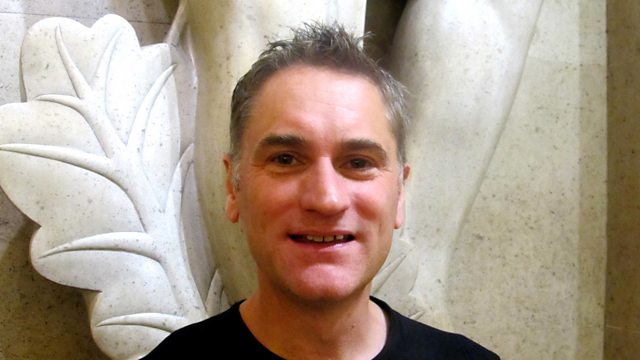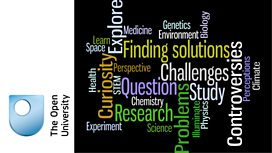Hyabusa 2 at Ryugu, deadly 1918 flu pandemic; WW2 bombing and ionosphere, teenage brain
Spacecraft Hayabusa2 arrives at the Ryugu asteroid, why the 1918 influenza pandemic was so deadly, the effects of WW2 bombings on the ionosphere, and a book about the teenage brain
Japan鈥檚 Hayabusa-2 spacecraft has arrived after more than a three year journey at the Ryugu asteroid which is just over half a mile long. It has successfully sent probes onto the surface and is sending pictures back to Earth. Gareth Mitchell discusses the achievement with 麻豆社 Science Correspondent Jonathan Amos.
A hundred years ago, the 1918 flu pandemic killed between 50 and 100 million people worldwide and infected around half a billion. Seasonal flu accounts for about 650,000 deaths per year. As this year鈥檚 flu season approaches, there are new insights into how the influenza virus causes disease and why some strains like the 1918 one (a subtype of the avian strain H1N1) are so deadly compared with the seasonal kind. In the most serious cases, there鈥檚 an extreme immune reaction in the lungs, and people can effectively suffocate. The latest research from the universities of Cambridge and Oxford has uncovered a molecule that might be behind that immune overreaction. Dr Aartjan te Velthuis explains the findings and the implications for novel treatments.
The massive bombing raids on cities in World War Two lead to terrible human tragedy, Now a historian and a physicist have been looking at how shock waves from some of the major bombing over Berlin caused the upper atmosphere above Slough to wobble. Specifically they鈥檙e interested in the layer eighty to a thousand kilometres up that reflects radio waves, the ionosphere. Historian Patrick Major and meteorology expert Christopher Scott, both professors at the University of Reading, tell Gareth about their collaboration and how monitoring changes in the ionosphere today can reveal both man made and natural explosive events.
And Adam Rutherford talks to Professor Sarah-Jayne Blakemore of UCL about her book, Inventing Ourselves: the Secret Life of the Teenage Brain, the last on this year's shortlist for the Royal Society Insight Investment Science Book Prize.
Last on
![]()
麻豆社 Inside Science is produced in partnership with The Open University.
Broadcasts
- Thu 27 Sep 2018 16:30麻豆社 Radio 4
- Thu 27 Sep 2018 21:00麻豆社 Radio 4
Explore further with The Open University
Discover more fascinating science content with The Open University
Podcast
-
![]()
麻豆社 Inside Science
A weekly programme looking at the science that's changing our world.



